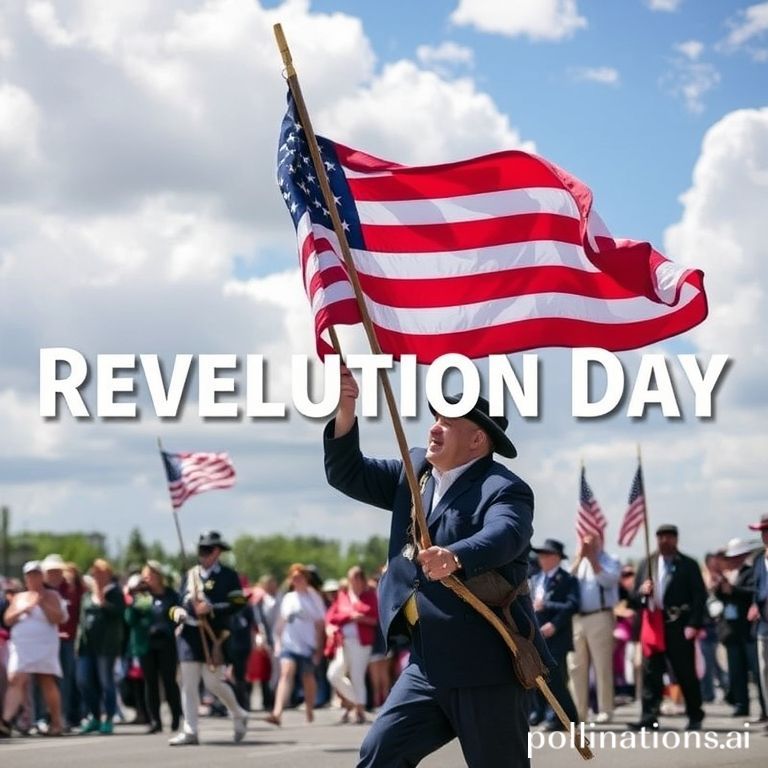Every November 20th, Mexico commemorates the Mexican Revolution with a national holiday. Known as Día de la Revolución, or Revolution Day, it’s a time for patriotic displays, historical remembrance, and vibrant celebrations that echo throughout the country. From flag-draped plazas to energetic parades, the spirit of revolution is palpable, offering both locals and visitors a unique glimpse into Mexico’s rich history and cultural pride.
But what exactly is being celebrated, and how is this historical event brought to life each year? Join us as we explore the heart of Revolution Day in Mexico, uncovering its significance and the many ways it’s commemorated with passion and flair.
The Significance of Revolution Day
The Mexican Revolution, which began in 1910, was a pivotal moment in the nation’s history. It marked the end of Porfirio Díaz’s long and authoritarian rule and paved the way for significant social and political reforms. The revolution was fueled by widespread discontent over land distribution, economic inequality, and the lack of democratic representation. Figures like Francisco Madero, Emiliano Zapata, and Pancho Villa emerged as leaders, fighting for a more just and equitable society.
Why is it celebrated on November 20th?
November 20th marks the day Francisco Madero called for an armed uprising against the Díaz regime. Although the actual fighting extended for many years beyond this initial call to arms, this date symbolizes the beginning of the revolutionary movement. It’s a day to remember the sacrifices made and the ideals fought for during this tumultuous period.
Parades: A Spectacle of History and Culture
One of the most prominent features of Revolution Day celebrations is the vibrant parades held in cities and towns across Mexico. These parades often feature:
- School children: Dressed in traditional revolutionary attire, children often perform choreographed routines and wave Mexican flags.
- Charros and Adelitas: These iconic figures, representing the revolutionary fighters (charros being horsemen and adelitas being women soldiers), are a staple of the parades, showcasing traditional clothing and horsemanship.
- Floats: Elaborately decorated floats depict scenes from the revolution, highlighting key events and figures.
- Marching bands: Energetic marching bands fill the air with patriotic music, adding to the festive atmosphere.
The parades are not just a display of historical reenactment; they are also a celebration of Mexican culture, showcasing traditional dances, music, and clothing.
Regional Variations in Celebrations
While the core theme of Revolution Day remains consistent throughout Mexico, the specific celebrations can vary from region to region. Some areas may focus more on historical reenactments, while others emphasize traditional dances and music. Food also plays a crucial role in the celebrations, with regional specialties often taking center stage. Some examples are:
- Guadalajara: Known for its large-scale parades and elaborate displays of horsemanship, showcasing the region’s rich charro tradition.
- Oaxaca: Celebrations often incorporate indigenous traditions, blending revolutionary themes with local customs and dances.
- Mexico City: The capital city hosts a grand parade with military participation and cultural performances, reflecting the national significance of the day.
Beyond the Parades: Other Ways to Celebrate
Revolution Day celebrations extend beyond the parades. Other common activities include:
- Sporting events: Many communities organize sporting events, such as bicycle races and soccer tournaments, to promote community involvement and celebrate physical activity.
- Cultural performances: Theaters and cultural centers often host performances that explore the themes of revolution and Mexican identity.
- Food festivals: Food vendors set up stalls offering traditional Mexican dishes, providing a taste of the country’s culinary heritage.
- Family gatherings: Many Mexicans use the day as an opportunity to gather with family and friends, sharing meals and celebrating their national pride.
Conclusion
Revolution Day in Mexico is more than just a holiday; it’s a vibrant and meaningful commemoration of a pivotal moment in the nation’s history. Through parades, cultural performances, and community gatherings, Mexicans honor the sacrifices made during the revolution and celebrate the ideals of freedom, equality, and social justice. Whether you’re a history enthusiast, a culture seeker, or simply looking for a unique travel experience, witnessing Revolution Day in Mexico is an unforgettable way to connect with the country’s rich heritage and passionate spirit.
Planning a trip to Mexico? Discover more about Mexican culture and traditions by exploring our other articles!
IMAGE: A wide-angle shot of a vibrant Revolution Day parade in a Mexican city. The street is lined with cheering spectators. In the foreground, a group of school children dressed in traditional revolutionary attire (khaki uniforms for boys, and dresses with crossed bandoliers for girls) are performing a choreographed dance with Mexican flags. Further back, a colorful float depicting a scene from the revolution is visible, along with charros on horseback. The scene is bathed in bright sunlight, creating a festive and energetic atmosphere. The style is realistic and documentary-like.


